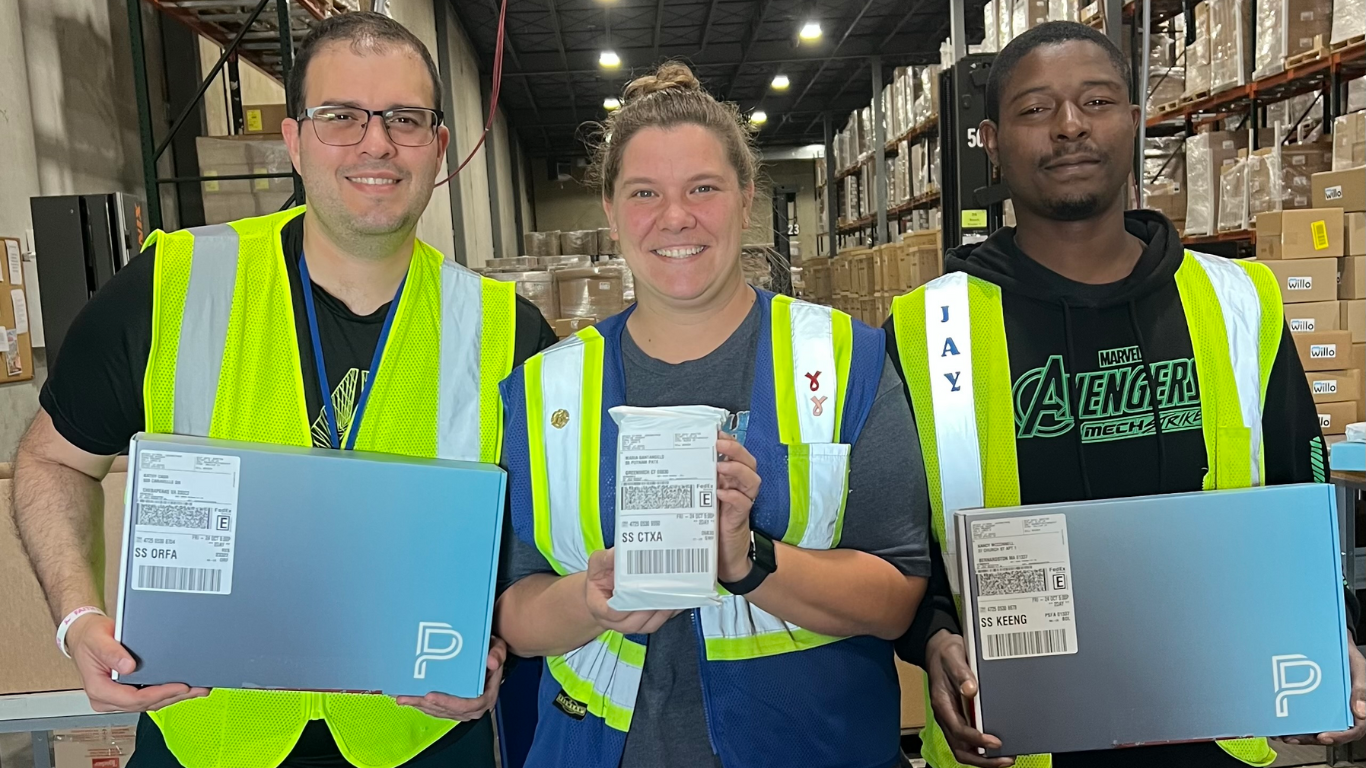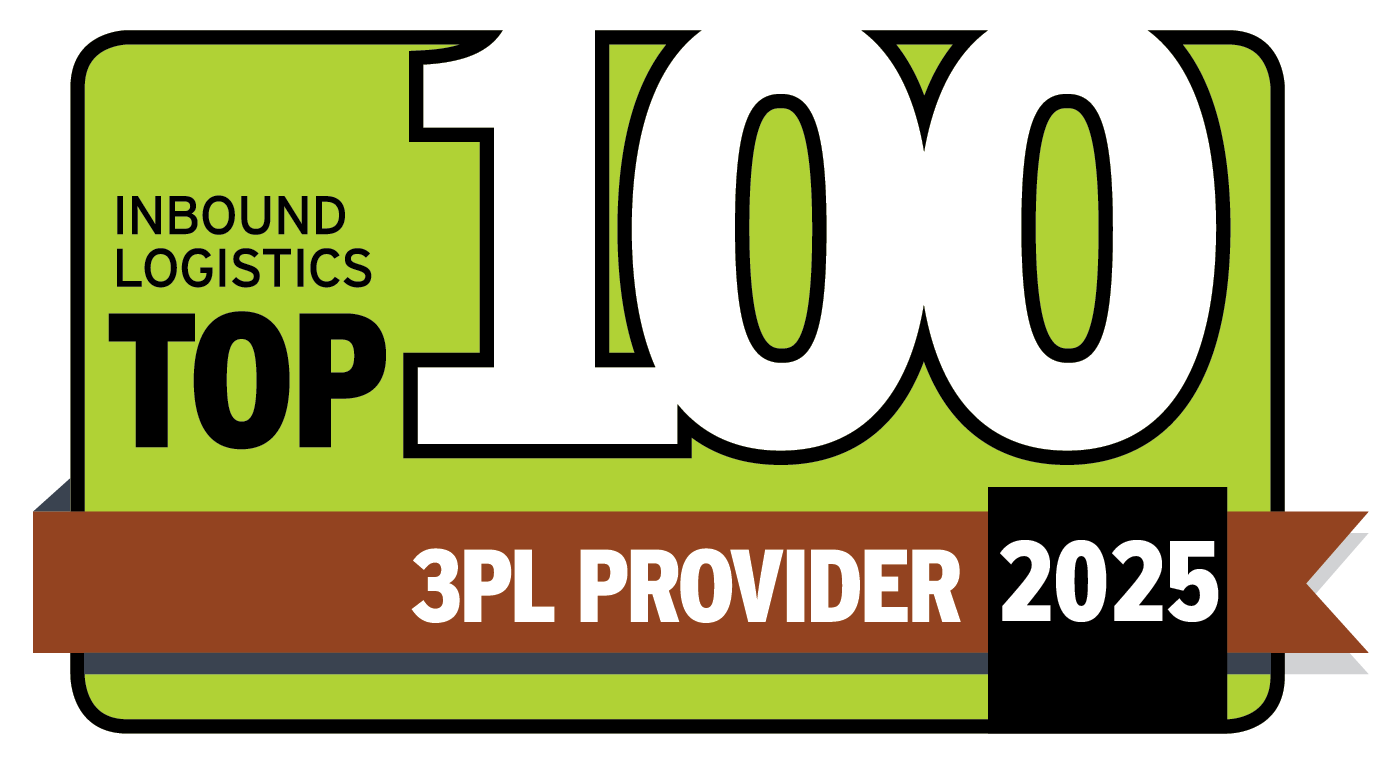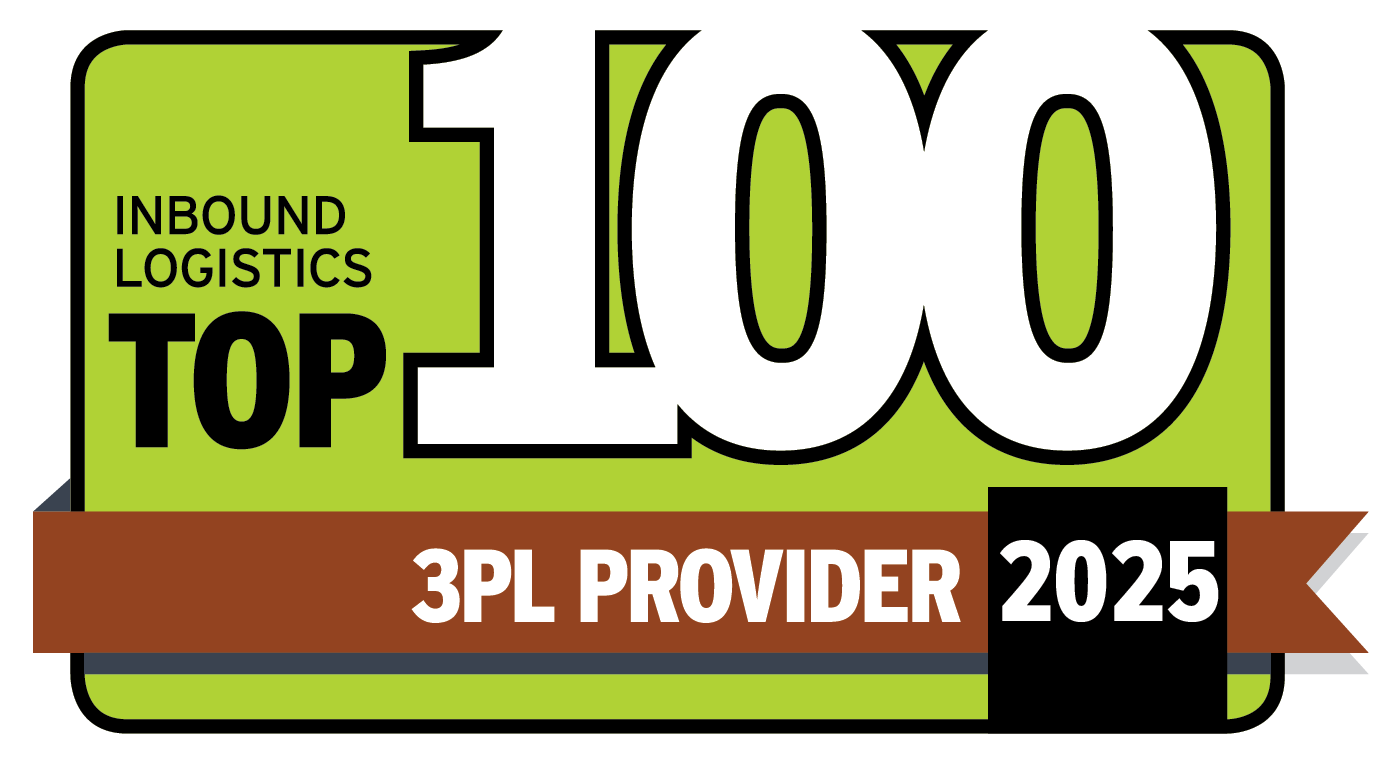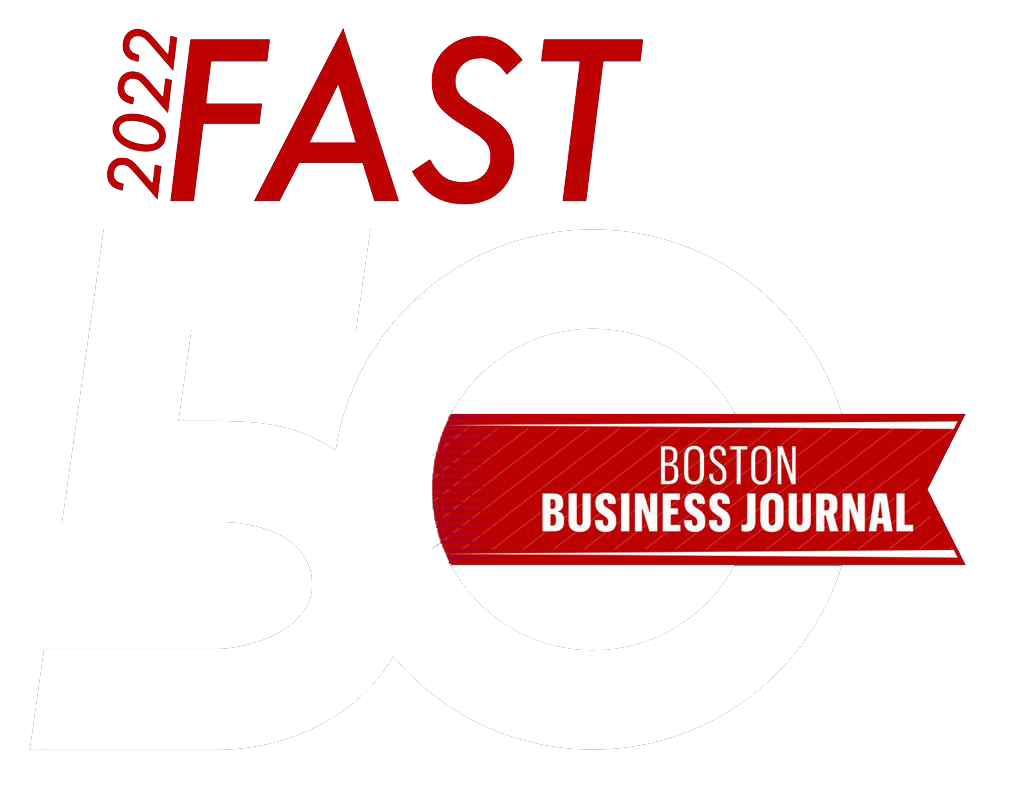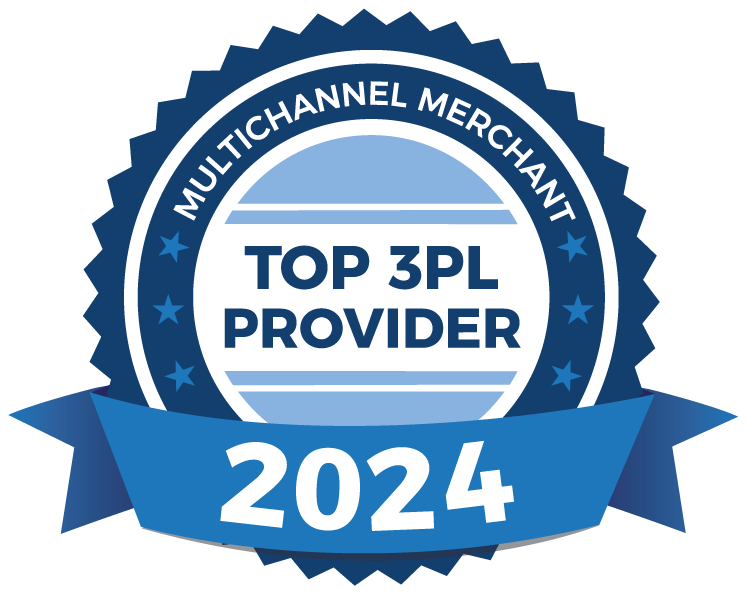How to Transition to a New 3PL: 6 Best Practices Every Brand Should Know
Periodically reviewing your 3PL provider is essential if you’re looking to scale effectively. Why? As your business scales, your warehouse management needs are likely to evolve. The 3PL provider you initially partnered with may not be well-positioned to support your business's long-term growth.
Switching third-party logistics (3PL) providers is a significant decision, but when done correctly, it can unlock operational efficiencies, improve customer satisfaction and position your brand for scalable growth. While the process might seem daunting, the transition can be smooth and beneficial with proper planning and communication. Here’s how to switch to a new 3PL partner stress-free and strategically sound.
1. Assess Why You’re Switching
Start by evaluating the reasons behind the switch. Are you looking for better scalability, improved service levels, or expertise in a specific industry, such as e-commerce or personalized fulfillment? Clearly outlining your goals ensures your new 3PL aligns with your operational needs and business objectives.
There are various reasons why your current 3PL may no longer be ticking the boxes for your business. Here are a few signs to look out for that might indicate it's time to make the switch:
- My 3PL can't scale with me
- My 3PL isn't seeking to streamline their operations
- My 3PL is experiencing major logistical issues
For example, many brands partner with Barrett Distribution because of our expertise in omnichannel fulfillment and high-touch personalized service tailored to luxury and boutique brands. Knowing your priorities will help you select the best 3PL partner.
2. Plan for Peak Season and Disruption
Timing is everything when switching 3PLs. Avoid transitioning during peak seasons or other high-demand periods when order volumes are at their highest. A detailed transition timeline, built in collaboration with your new provider, ensures minimal disruption to your business. Your new 3PL should have a plan to maintain service continuity and you should work with your internal teams to adjust forecasts and prepare inventory accordingly.
3. Audit Your Data and Inventory
Before the move, ensure your inventory data is up to date and accurate. Conduct a physical inventory count and compare it to your systems to resolve discrepancies. Clean, accurate data minimizes errors during the handoff and sets your new 3PL up for success.
To create a seamless handoff, Barrett offers robust onboarding services including data alignment and integration with your existing systems.
4. Communicate with Stakeholders
Switching 3PLs impacts multiple stakeholders from internal teams to customers. Develop a clear communication plan to keep everyone informed. Ensure your operations, finance and IT teams are aligned on the transition schedule and processes.
Emphasize the benefits of the switch for customers. If the transition may cause temporary delays, be transparent and proactive in addressing their concerns.
5. Test, Then Transition
Conduct a soft launch or pilot phase before fully transitioning to the new 3PL. This allows you to identify and resolve any operational hiccups, test integrations and ensure the 3PL can meet your KPIs before going live. At Barrett, we prioritize a collaborative approach during onboarding, ensuring all systems and processes are thoroughly tested before full implementation.
6. Monitor Performance Post-Transition
Once the transition is complete, monitor the new 3PL's performance closely. Track KPIs such as order accuracy, delivery times and customer satisfaction. Use these metrics to evaluate the partnership's success and identify areas for continuous improvement.
Why Choose Barrett Distribution as Your 3PL Partner?
Switching 3PLs is a strategic move and selecting the right partner is critical to your success. At Barrett, we specialize in creating customized logistics solutions that align with your brand’s unique needs.
Are you looking for a long-term 3PL partner that has experience with high-growth brands? Contact us today for a complimentary supply chain consultation.
Recent Blog Posts

